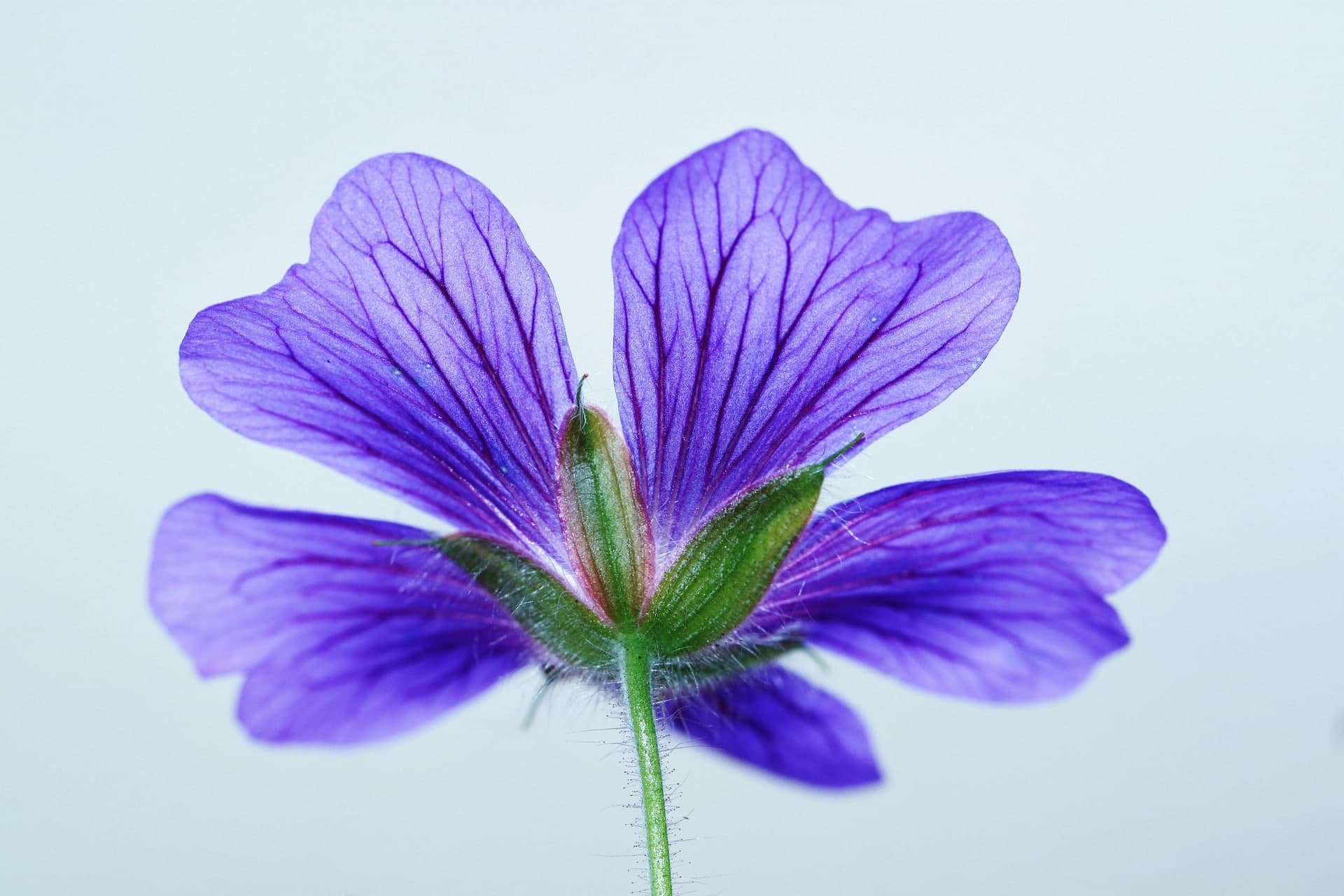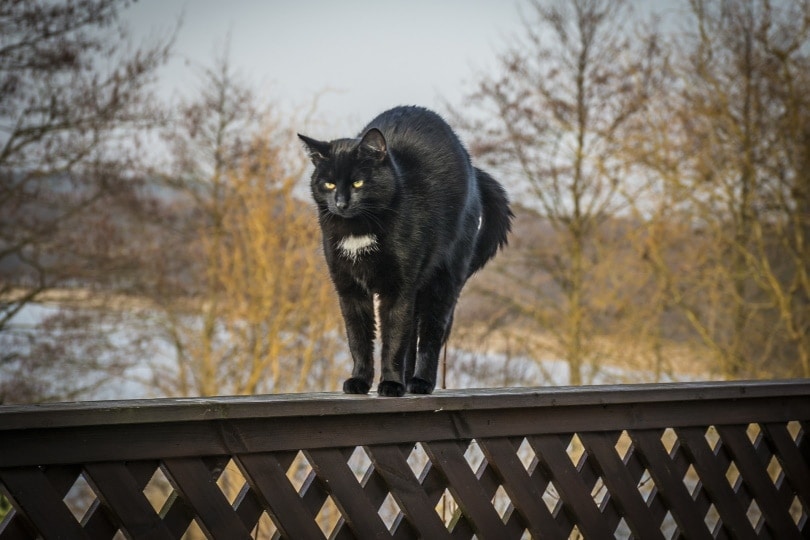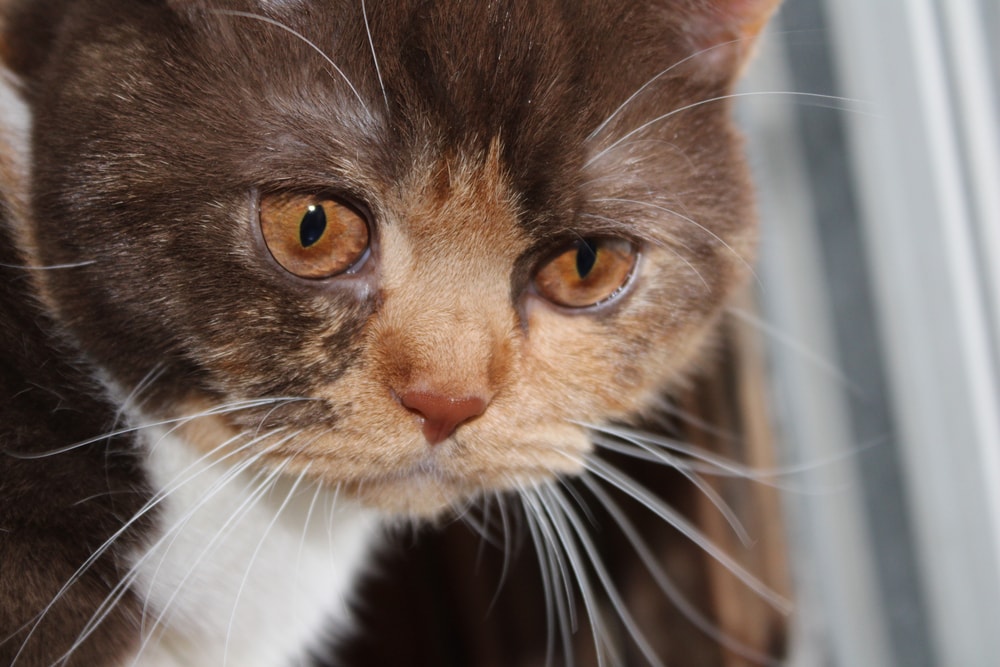Are Geraniums Toxic to Cats? Keeping Your Cat Safe

Updated on

If you have a green thumb, you probably have various plants around your home or garden space. Flowers made an incredible addition to any living area, and geraniums are a popular flower choice. You might keep geraniums for their beautiful blooms, their soft fragrance, or their mosquito-repelling compounds. There are dozens of varieties cultivated for different effects, making them a popular garden plant. But if you have a cat, watch out because geraniums contain compounds toxic to cats.
Geranium toxicity is unlikely to be life-threatening for your kitty, but its effects aren’t pleasant. If you suspect your cat has ingested any part of a geranium plant, monitor your cat for signs of poisoning and contact a vet if they occur. Do you want to know more? Keep reading this article to learn more about geraniums and cats.
 Geranium Toxicity in Cats
Geranium Toxicity in Cats
Cats are obligate carnivores with no need to eat plants, but that doesn’t always stop them. Many cats will chew or eat small amounts of plant matter, and most of the time, that’s healthy and normal behavior. But cats aren’t always the best at avoiding dangerous plants.
Geraniums are one common plant that can be dangerous for cats. Geraniums contain two compounds in their oils, geraniol and linalool, that are dangerous. These compounds can be useful to plants and humans—they even repel mosquitos! But geraniol and linalool are also dangerous to many animals, including cats. When ingested, they cause a range of negative signs in cats.

Signs of Geranium Toxicity
If you see or suspect that your cat has eaten any part of a geranium, like the leaves or flowers, it’s crucial to monitor for negative signs. Most often, geranium toxicity manifests in skin irritation or vomiting. In more serious cases, it might also include loss of appetite, repeated vomiting, or signs of depression. These signs usually manifest within a few hours of ingestion.
When to Contact a Vet
If your cat has eaten something dangerous, your first move should always be damage control and assessment. Move your cat to a safe, enclosed space with no access to the plant. Check your cat for irritated skin, especially inside the mouth, then monitor for other symptoms.
If your cat only experiences mild irritation or vomits once, you probably can just monitor your cat at home. You can also call the ASPCA Animal Poison Control Center (APCC) for guidance. But if your cat appears to be in severe pain, is vomiting repeatedly or vomiting blood, or is experiencing other severe symptoms, seek immediate veterinary care for evaluation and recommended treatment.

Preventing Plant Toxicities
The best way to keep your cat healthy is by preventing plant toxicity.
- Avoid floral arrangements with harmful plants. Cats are often more curious about strange indoor plants than outdoor plants.
- Supervise your cat outdoors.
- Place nets over flower beds containing harmful plants.
- Use deterrents such as motion-activated sprinklers or ultrasonic noise emitters to encourage cats away from harmful plants.
- Create a cat enclosure with only safe plants.
- Remove harmful plants from your garden.
 Last Thoughts
Last Thoughts
Seeing a cat recover from toxicity is scary. Even with less-dangerous causes of toxicity, like geraniums, it can be hard to watch your cat go through pain. Although geranium toxicity is unlikely to cause a severe reaction in cats, it’s important to monitor your cat’s signs and contact a vet if concerned. Prevention is better than recovery in all cases, so do what it takes to keep furry family members safe.
Related Reads:
- Are Peonies Poisonous to Cats? Keeping Your Cat Safe
- Is Monstera Toxic to Cats? Everything You Need to Know!
Featured Image Credit: Pixabay

 Geranium Toxicity in Cats
Geranium Toxicity in Cats









